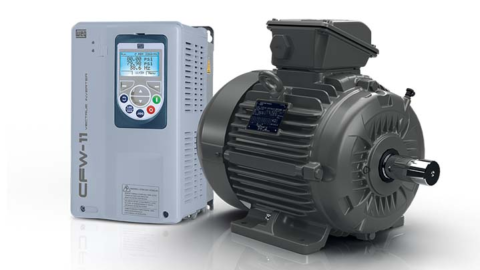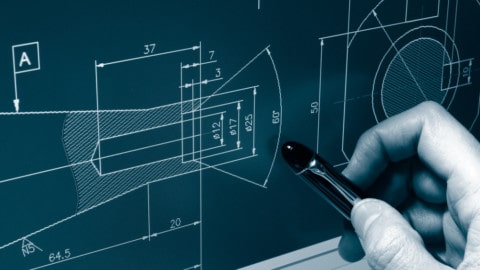The PIA’s Australian Pump Technical Handbook is a cornerstone text for the Australian pump industry and, in our opinion, a must have for anyone who deals with pumps on a regular basis. In this ongoing series, we feature abridged chapters from the classic book to showcase the various areas covered and to reacquaint readers with the technical aspects of pumps. In this issue, we continue to look at efficient operations of pump systems.
Issues influencing efficiency
Pump manufacturers will usually make pumps to their specific quality standards. However, there are a number of techniques that manufacturers can adopt during the production process to improve pump efficiency beyond this standard.
Improved efficiency can be achieved in the following production processes:
- Surface finish of impellers – Impeller surfaces should be kept as smooth as possible to minimise disk friction and internal losses through the vanes. Better processes will produce more accurate and higher quality impellers that require minimum machining and balancing to reach acceptable QA standards. For example, low-quality sand casting methods often result in poor surface finishes, whereas lost wax processes can help to significantly improve pump performance
- Seal ring clearances – These are influenced by the accuracy of alignment between rotating and stationary elements of the pump. If aligned carefully, seal clearances will be reduced and less leakage will be experienced. Stable shafts also minimise deflection under hydraulic loads, resulting in improved performance. The recommended seal ring clearance between rotary and stationary components that are likely to come in contact is also determined by the materials the impeller, casing or casing wear rings are manufactured from. In the oil and gas industry, API clearances are usually specified and pump efficiency is derated from the normal performance data because of this
- Casing losses – This will be affected by the surface finish of the casing and the internal accuracy. Of any casing joints. For large pumps, it is not uncommon for users to specify the application of a low friction coating, although the benefit of this is only realised if the coating is correctly applied and there is no opportunity for it to be damaged. Axially split case pumps are notoriously difficult to coat and applications subject to corrosion/erosion need special attention. Generally, it is preferred that coatings should be machinable to achieve accurate clearances in key areas – this is also known as complete encapsulation
- Bearing lubrication and sealing methods – These are particularly important considerations when high temperature, viscous or aggressive fluids need to be handled
Pump performance database
Pumps are used widely in industrial and commercial applications, with research and development continuously taking place to make them more efficient and reliable.
Since end suction pumps are widely used in Australia, an evidence-based assessment of pump performance would be a helpful tool for determining what is considered a competitive pump efficiency level for a particular duty point.
The European Guide to Pump Efficiency for Single Stage Centrifugal Pumps is a useful tool for this analysis. It looks at three product types and two speed categories to help the user assess the performance of a product against other similar products analysed by Europumps.
The product types analysed include:
- End suction pumps close coupled with electric motors
- End suction pumps with own bearings
- Double entry split case pumps
The speeds selected are nominally 2,900 rpm (two pole motors) and 1,450 rpm (four pole motors).
Pump efficiency against flow and head is used to produce six plots for each of the product types and speeds nominated above.
These plots show the performance of typical pumps which fall in the optimum, efficient and lower efficiency ranges, and can be used to rate the performance of any pump being considered.
These charts and full details on how to use them to evaluate energy efficiency can be found on the Europump website at https://europump.org.
Loss of efficiency over time
A pump’s performance will deteriorate over time. The rate of deterioration can be reduced by:
- Carefully choosing materials for components in contact with the fluid to prevent corrosion or erosion which reduce pump efficiency
- Choosing seal ring clearances and seal ring materials to prevent rapid wear in service
- Avoiding high and low flow conditions relative to the selected duty point to avoid poor operating zones, recirculation, etc
- Maintaining the pump on a regular schedule, including checking and maintaining clearances, vibration levels and other condition monitoring equipment if fitted
Further information and detailed diagrams, equations and schematics can be found in the Australian Pump Technical Handbook, available from the PIA website. In the next edition of Pump Industry, we will continue to look at the different elements that affect the efficient operation of pump systems.





















